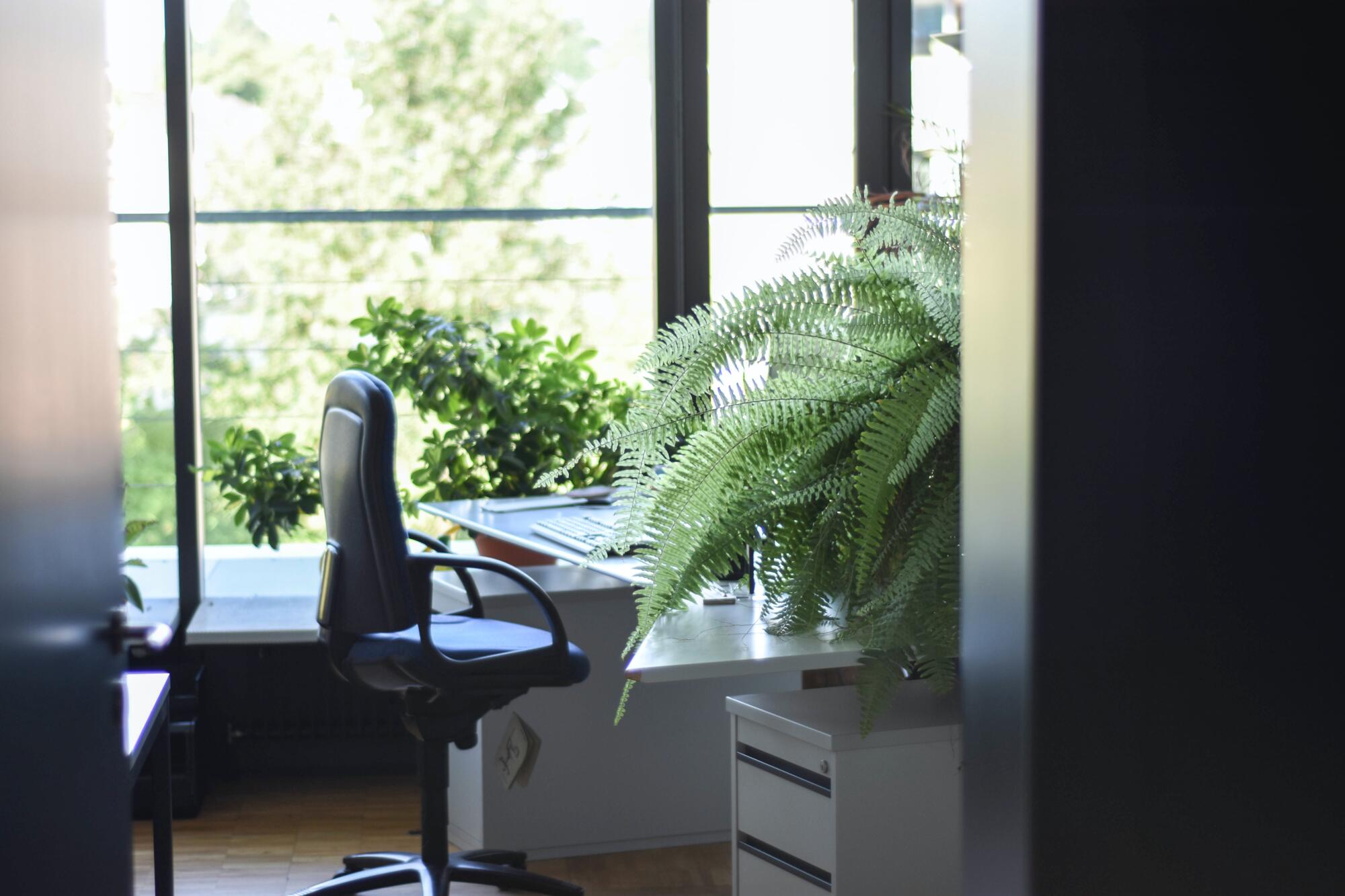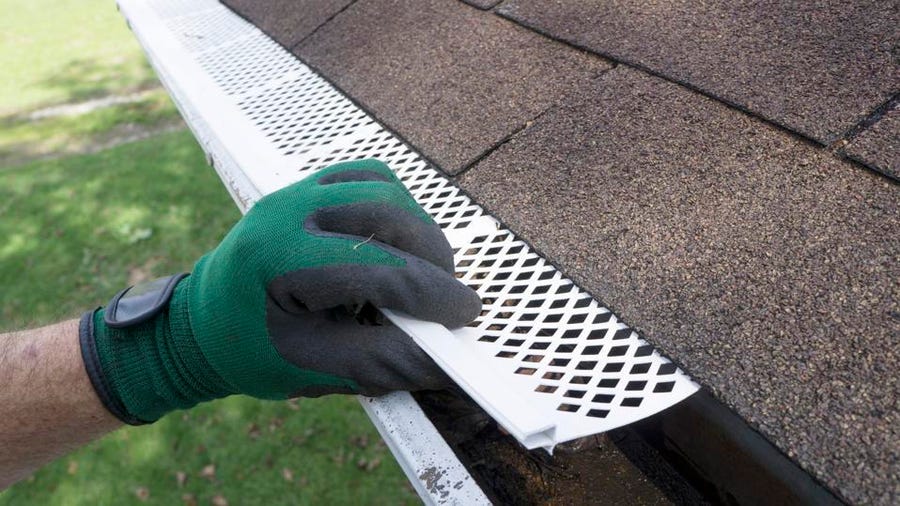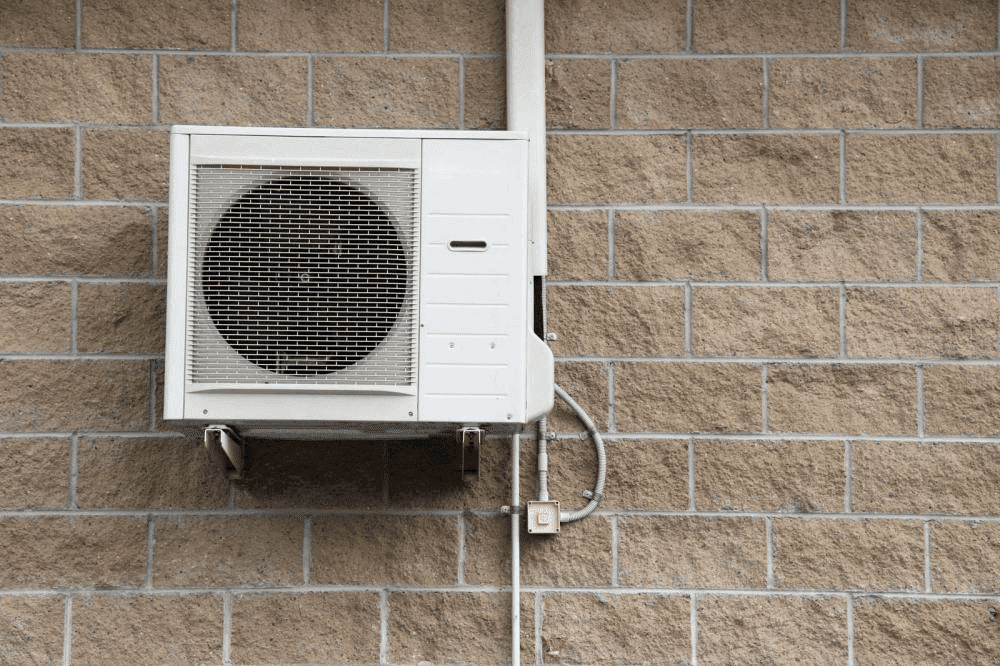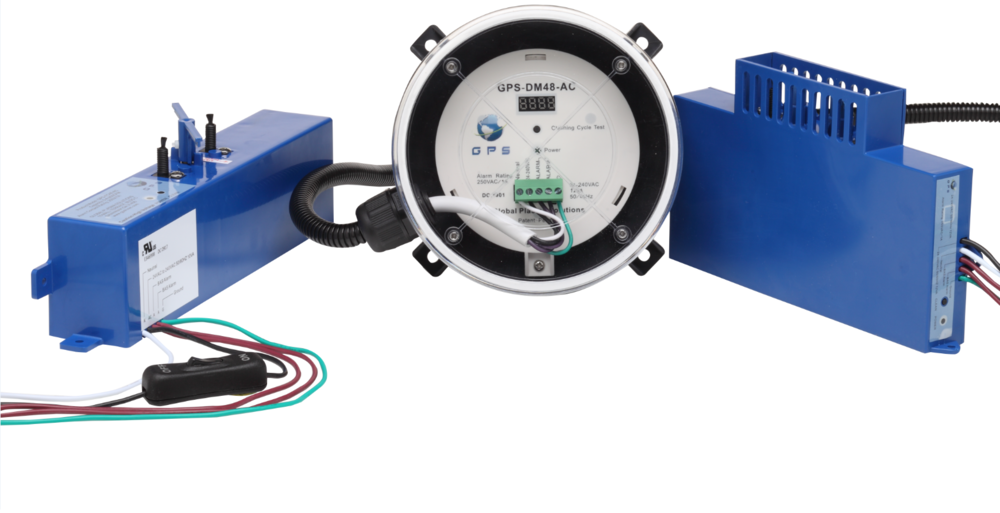During the pandemic, when people were less consuming and the air got cleaner, we realized that our impact on the planet was incredibly huge. Now, after it ended and businesses got back on track, the weather is hotter than ever.
As a response to climate change, companies started adopting more sustainable practices. Countries are offering grants for eco-businesses to support industries using renewable materials and sustainable operations. This is a huge improvement, as the primary greenhouse gas emissions causes are industries, electricity and transportation companies. So, starting from businesses, there are a lot of things that can be done to save the planet. But for now, let’s talk about how they can make offices more environmentally friendly.
Implement better practices
It would be best if you first started with auditing your business’s situation regarding how much energy you consume and where you can make improvements. For example, can you consume less water, or are there ways to reduce energy resources without affecting the company’s efficiency? If it’s possible, try to implement such changes and let your employees know so they can follow your example.
You can also have a team that focuses on sustainable practices, and they can be in charge of the company’s consumption and latest practices so that these rules can become part of your business’s culture. This will not only help you save money and resources but will also increase customers’ trust in your products and services.
Try to avoid greenwashing when companies falsely advertise their sustainable business methods.
For example, Volkswagen admitted to cheating emission tests by fitting various vehicles with defections, altering the performance to reduce emission levels.
Choose sustainable office products
You can start by having more efficient electronics that consume less and have certain features, like:
- Helping reduce the climate impact regarding the product’s supply chain
- Containing recycled materials
- Being designed for reuse, recyclability and repair
- Having upgradeable programmed systems
- Have recyclable or reduced packaging
How to spot such electronics? They will have ecolabels that indicate they’re energy-efficient, such as EPEAT, ENERGY STAR OR FEMP. You can find any appliance you need, from air-source heat pumps to light fixtures, so don’t worry about not spotting green products in stores. Regarding supplies, there are plenty of options to introduce in your office, from eco-friendly notebooks made from post-consumer waste paper to biodegradable pencils.
On the other hand, when talking about the office’s design, you can try installing portable walls with doors that let the sunlight in, and, therefore, you can use less lighting in the rooms. Natural light also benefits our health ― it helps our bodies produce Vitamin D, encourages focus and makes us happier. With such a design, you can reduce the burning of fossil fuels that release carbon into the environment.
You can consider portable wall partitions with door for a high-end design that can make your office look more friendly. Given that closed offices are not efficient at all, but open spaces might be more challenging to design, you can combine them and have glass partitions.
Go paperless
Going paperless is the future of digitalization. You must agree that having to deal with enormous files of paper documents is counterproductive, but it’s quite difficult to get over old habits. Plus, most of these documents become outdated, and even if you can recycle them, it’s a waste of resources and time.
With so many software programs for creating, editing and signing papers, you’ll be amazed at how fast things can go if you only handle documents through email. Therefore, you can streamline and accelerate business processes and reduce the time and cost of changing and redistributing documents.
Plus, having paper documents is no longer secure, as they can be stolen or compromised more easily than ones kept on cloud software. Such technology provides unlimited storage capacity, automatic software updates, data security, backup, and restore features. They often offer special plans for businesses and are affordable even for SMEs.
Have more plants
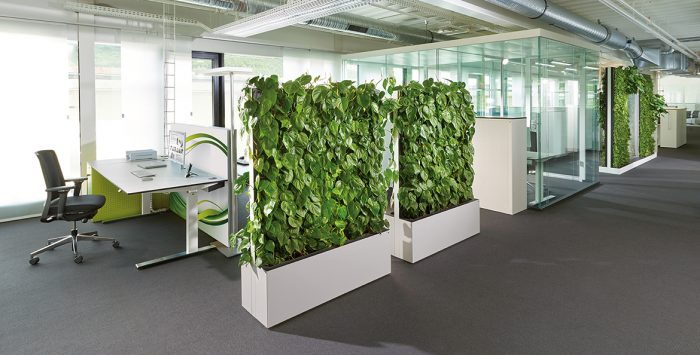
More plants mean happier employees. That’s because flowers or even succulents can help clean the air in the office that sometimes can be full of carbon dioxide, which can be reduced significantly in offices without air conditioning. Plants absorb gasses we don’t need and combine them with water and light to create photosynthesis. But they can also:
- Reduce stress and promote wellbeing because the color green has a calming effect;
- Increase productivity, as plants can get people psychologically engaged;
- Help reduce sickness, including fatigues, concentration problems and irritation of the eyes and nose;
If you’re wondering what plants are best for the office, it depends on how much time you’re willing to spend taking care of them. If you don’t have enough time, some plants are doing fine without too much light and water ―succulents, like aloe and cacti, but also bonsai, snake plants and peace lilies.
Spread awareness
To become a trusted business in the eco-industry, you must also spread awareness on the subject. As we discussed before, having a team specializing in this subject is important because you can connect with your customers better and help your employees know what features of your products and services are helping the environment.
You can call it brand awareness because, at some point, it will be part of your brand image, so here’s what you can do to spread valued information:
- Create shareable infographics correlating the carbon emission in your industry to how you got to decrease them through your green practices;
- Maximize your social media presence with content about climate change. Don’t forget to engage with your audience so that you will develop a voice for your brand.
- Partner with other companies to make both audiences aware of your implications on saving the environment;
Wrapping up
It’s too late to say that we don’t have an impact on nature. But industries have started to become more responsible for their energy and resource usage, as well as fulfill the demand from people for more sustainable products.
